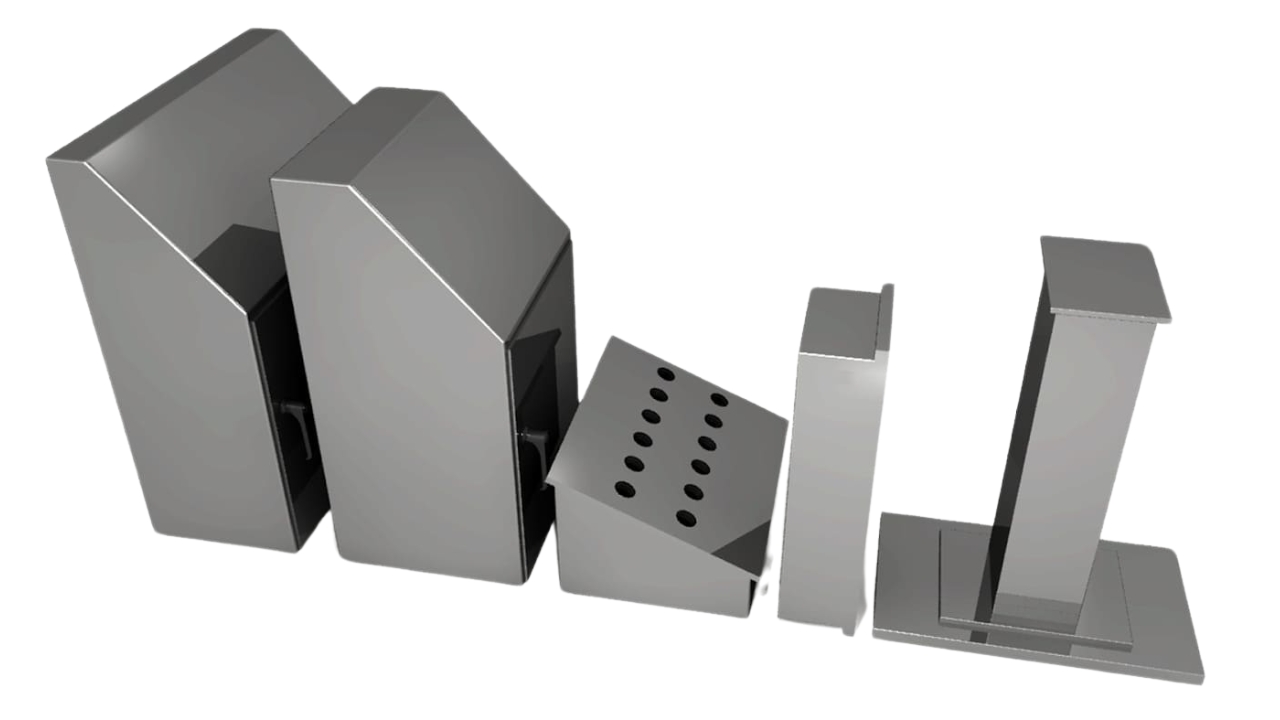Regarding the protection of electrical equipment, NEMA enclosures form an important aspect of achieving reliability and safety. Two well-known NEMA ratings include NEMA 7 and NEMA 4X. Let’s know what each of them offer and how they differ.
What is NEMA 7?
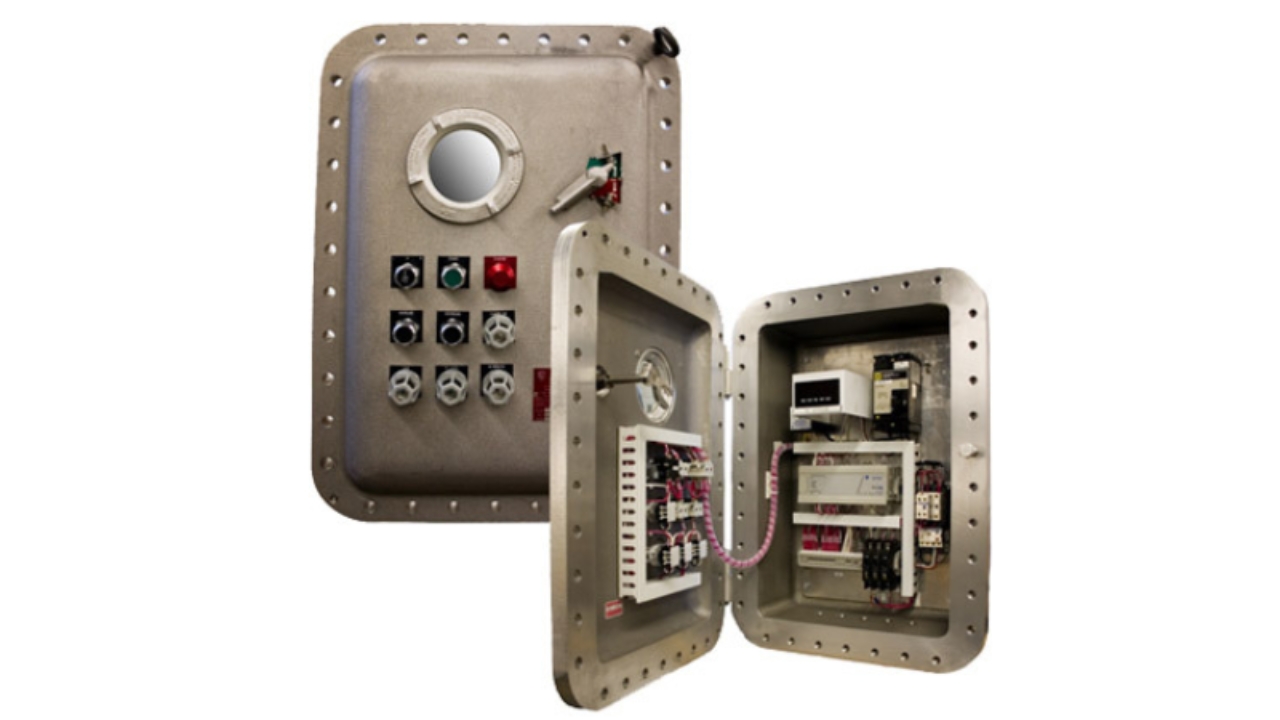
NEMA 7 is a classification that describes the level of safety and protection against electrical explosion. Electrical enclosures usually feature electronic components that could create sparks in some cases. Sparks can cause explosion risks when they meet with flammable. Therefore, it is important you use enclosures that offer the required protection against explosion.
You use NEMA 7 enclosure in areas where flammable vapors could occur. For instance, this type of enclosure is suitable in chemical plants and oil refineries. NEMA 7 enclosures ensure safety by preventing explosions from occurring. They include heavy-duty and fire-resistant materials which meet the requirements of such demanding applications.
What is NEMA 4X?
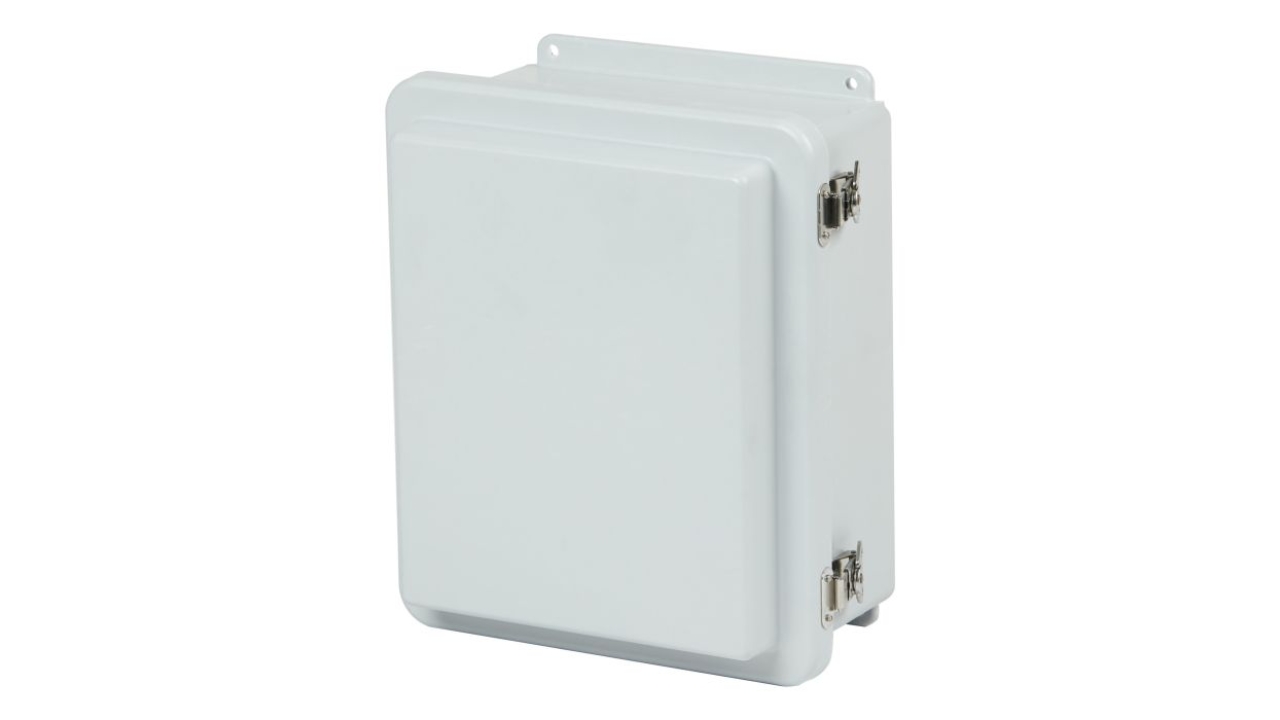
This is another classification by the National Electrical Manufacturers Association (NEMA). NEMA 4X enclosures offer protection against corrosion and water. These enclosures can withstand extreme weather and as such, are useful in marine and industrial settings.
These enclosures have the capability to protect electrical components from rain, ice, and dust. The “X” in this rating indicates its high level of corrosion resistance. You can use these electrical enclosures in harsh environments. These enclosures feature corrosion-resistant materials like stainless steel and as such, offer durability and efficiency.
NEMA 7 vs NEMA 4X: Main Differences
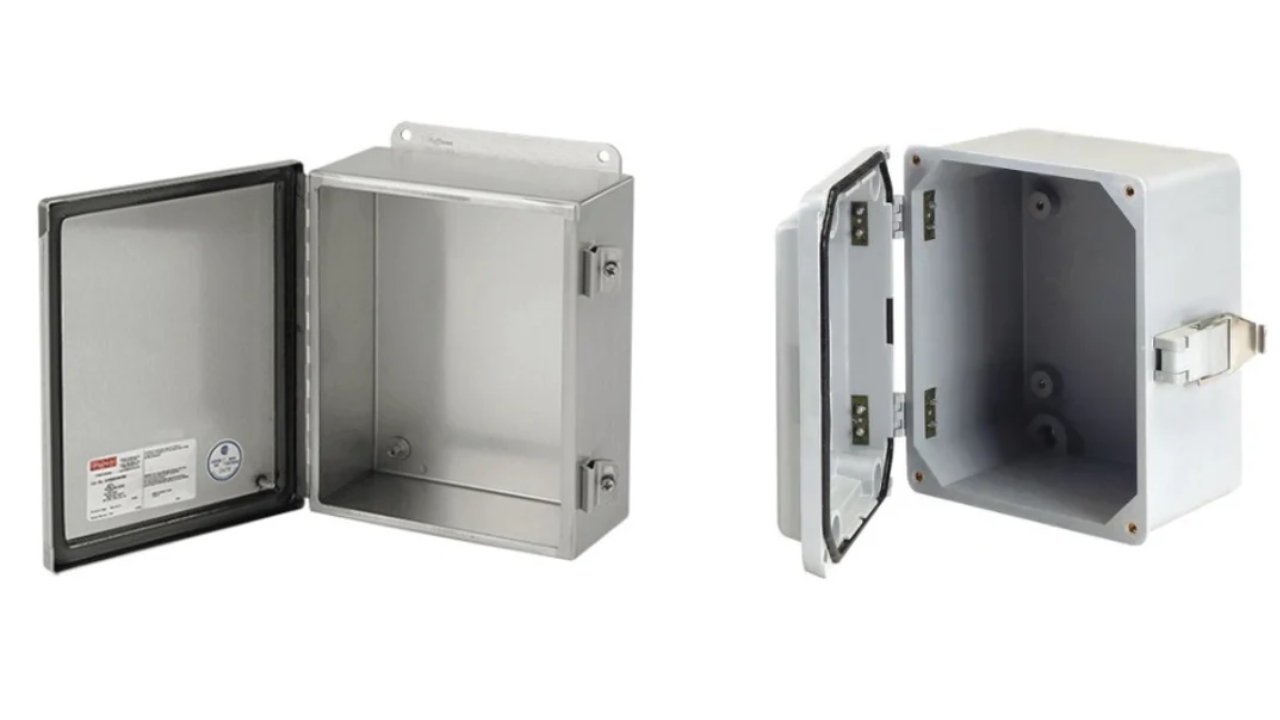
NEMA 7 and NEMA 4X both provide protection; therefore, you need to understand the differences between these enclosures and when to use them.
Explosion Protection
This is a very important difference. NEMA 7 offers protection by being explosion-proof. These enclosures are specially built to contain any internal explosions and prevent it from spreading. Electrical equipment used in dangerous areas need protection from explosions. Oil refineries and oil plants where there are flammable gases are prone to explosion need to integrate NEMA 7 enclosures.
NEMA 4X enclosures, however, can’t protect your electrical equipment against explosion. These enclosures can only protect your electrical device from corrosion, water, and dust. You can’t use them in hazardous areas where the risk of explosion is high.
Environmental Protection
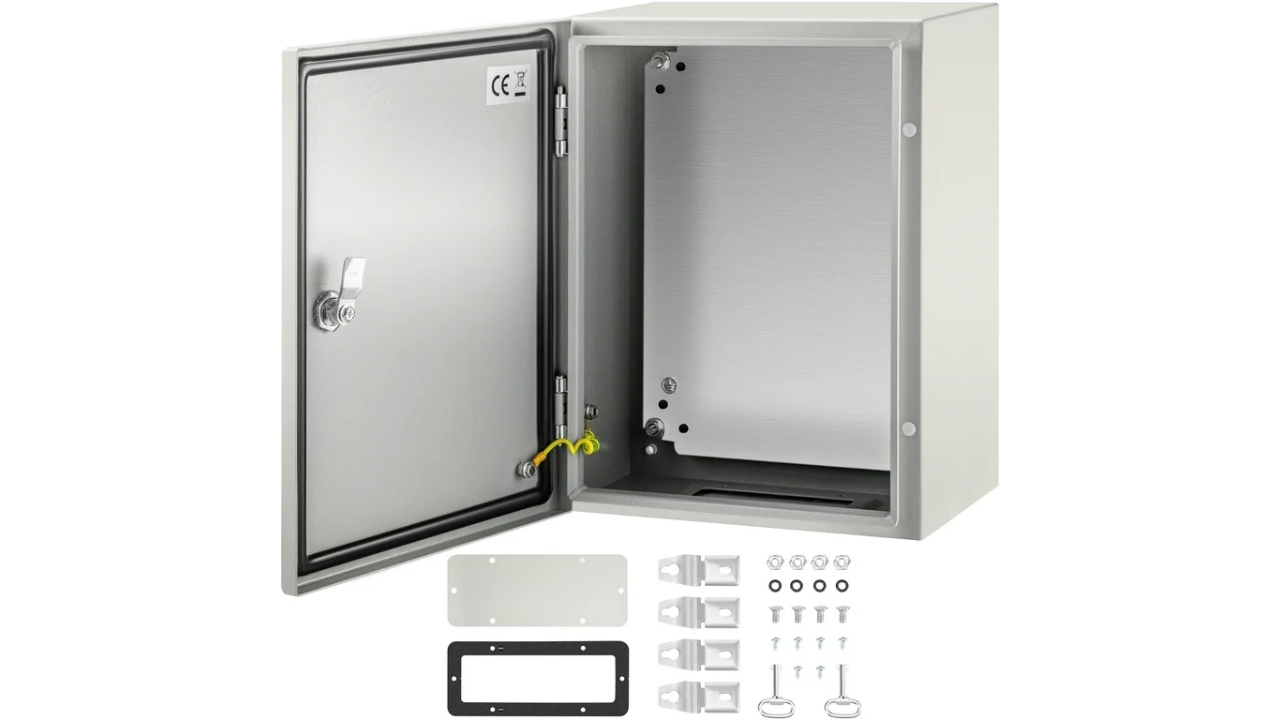
NEMA 7 enclosures can contain explosions in an enclosure. These enclosures can’t protect your electrical equipment against water or dust. Therefore, they aren’t ideal for use in corrosion-prone or wet areas.
On other hand, NEMA 4X enclosures can shield your electrical equipment from harsh weather conditions. These enclosures have the capability to prevent dust and water from penetrating your electrical components. Therefore, you can use them in areas where there is exposure to frequent washdowns. For instance, you can use these enclosures in industrial and marine applications.
Material
The material used in constructing these enclosures are entirely different. Due to the purpose they serve, NEMA 7 consists of heavy-duty materials like aluminum or cast iron. These materials can resist internal explosions. Also, these enclosures feature flame routes to release flames safely.
NEMA 4X enclosures feature different materials like aluminum, stainless steel, and even plastic. Since the primary purpose of these enclosures is to withstand water, dust, and rain, corrosion-resistant materials are commonly used in their construction.
Sealing
NEMA 7 enclosures feature fire-resistant seals which help them put out flames when there is an explosion. These seals prevent flames from being blown away. NEMA 7 can prevent fire from spreading and ensure enclosure integrity through its seals.
Although NEMA 4X enclosures also have seals, these seals are weatherproof. These rubber seals protect electrical components from water ingression, chemical and dust penetration. They provide secure sealing in every edge of the fence.
Weather Resistance
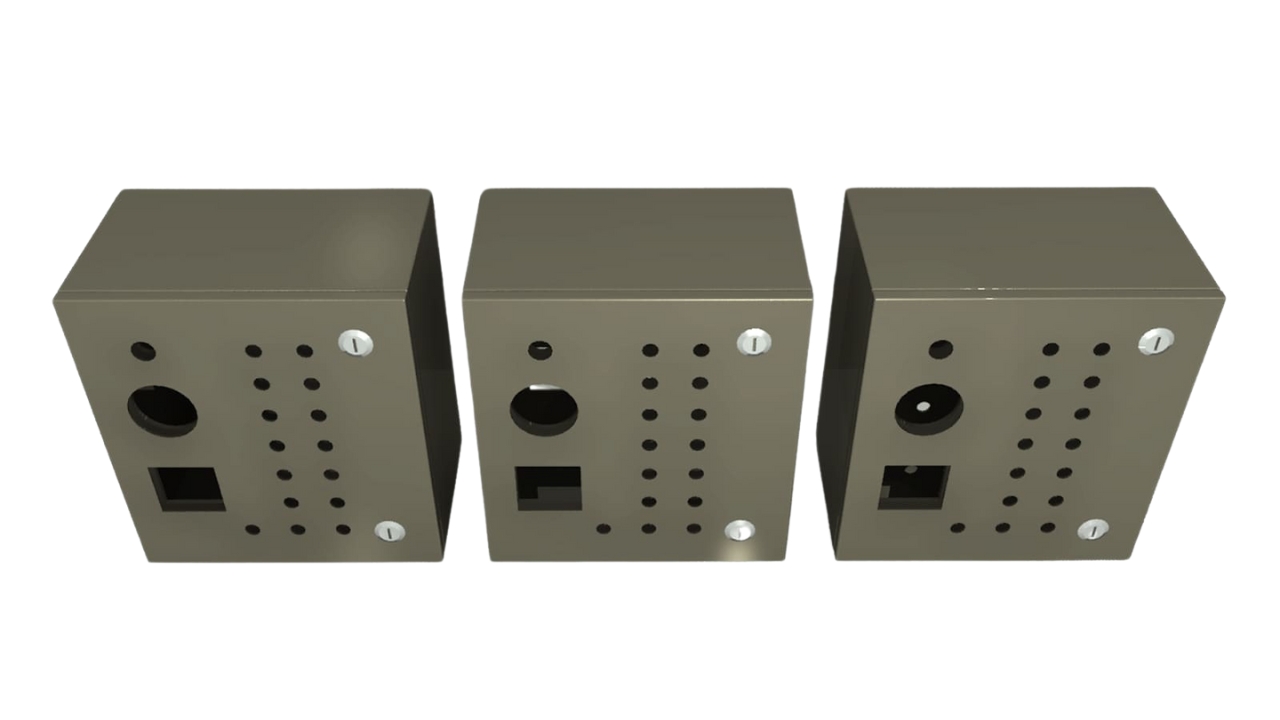
NEMA 7 enclosures are suitable for indoor use since they are built to handle internal explosions. These enclosures can’t survive harsh environmental conditions. Therefore, you should install them in controlled areas like processing plants and industrial sites.
You can install NEMA 4X enclosures in outdoor settings since they offer protection against harsh weather elements like snow and rain. These enclosures can resist UV exposure and as such, are suitable for use in outdoor applications like marine, telecommunication equipment, and electrical control systems.
Maintenance
For NEMA 7 enclosures, you need frequent inspections to always help them maintain their explosion-proof capability. If you notice any improper sealing or corrosion, ensure you fix the problem to avoid further damage. Routine checks and regular inspection are essential in ensuring efficiency and durability.
NEMA 4X enclosures don’t require frequent inspection. You only need to clean them once in a while to remove debris and dirt. Since they feature corrosion-resistant and weather-resistant materials, they can perform well with occasional inspections.
Cost
These enclosures also differ in terms of cost. NEMA 7 enclosures are costlier than NEMA 4X due to their testing procedures, heavy-duty construction, and the materials used in their design. These enclosures must undergo some testing to ensure they meet explosion-proof requirements. Since they are a costly investment, it is advisable you use them only in areas you need to contain explosions.
NEMA 4X are available at affordable prices. Their price varies according to the type of material used in their construction. However, they are a more suitable choice when you need to protect your electrical equipment from environmental conditions.
Moisture Resistance
NEMA 4X enclosures have the ability to resist moisture. Hence you can use them in wet environments. These enclosures are waterproof and as such, you can use them in food processing, marine, and pharmaceutical industries.
NEMA 7 enclosures can’t resist water since they aren’t waterproof. They can only protect your electrical equipment against explosion. These enclosures don’t have the sealing capabilities to prevent water from getting through.
Conclusion

NEMA 7 and NEMA 4X enclosures have different functions and applications. You should understand your operational needs and work with a reliable manufacturer before you choose a suitable enclosure for your application. Although you can use NEMA 7 enclosures for explosive environments NEMA 4X is more suitable for offering protection from harsh weather.



